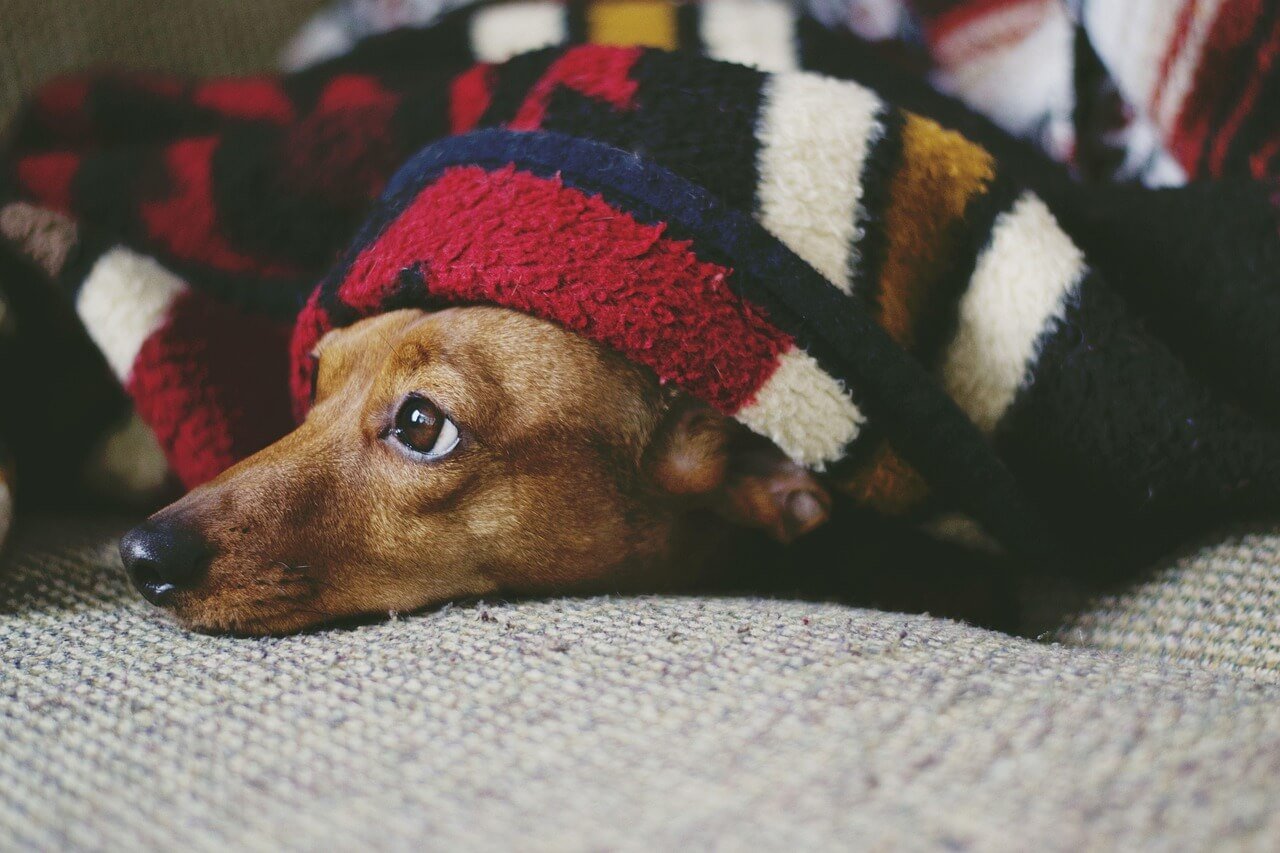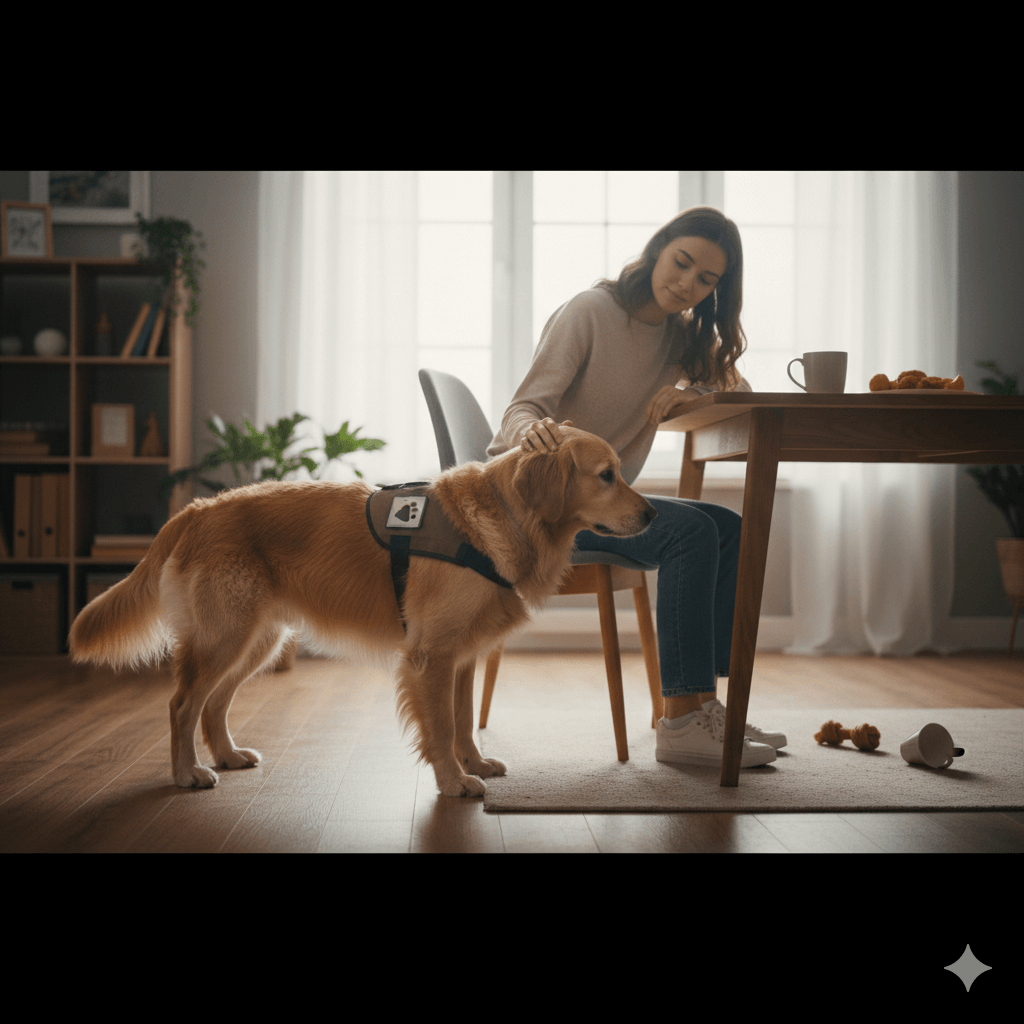What Food to Avoid for Dogs with Skin Allergies
If your dog is constantly scratching, licking their paws, or showing signs of red, irritated skin, they may be suffering from skin allergies. One of the most common culprits behind these issues is food. While many pet owners focus on grooming and medication, understanding what food to avoid for dogs with skin allergies is a crucial step in managing their condition. Food allergies and sensitivities can wreak havoc on your pup’s skin, causing discomfort and even infections if left untreated.
In this blog post, we’ll explore the foods that are most likely to trigger allergic reactions, offer practical advice on how to adjust your dog’s diet, and provide tips to keep their skin healthy and itch-free. Let’s dive in and help your furry friend feel better!
Common Foods to Avoid for Dogs with Skin Allergies
Dogs with skin allergies often react to specific ingredients in their food. Identifying and eliminating these allergens can make a world of difference for their skin health. Here are some of the most common foods to avoid:
Beef
Beef is one of the top allergens for dogs and can cause itching, rashes, and hot spots in sensitive pups.Dairy Products
Many dogs are lactose intolerant or allergic to dairy, which can lead to skin irritation and digestive upset.Wheat and Gluten
Wheat-based foods and gluten-containing grains are frequent triggers for skin allergies in dogs.Chicken
Despite being a popular protein source, chicken is another common allergen that can exacerbate skin issues.Soy and Corn
These fillers are often found in low-quality dog foods and can irritate sensitive skin.
By removing these potential allergens from your dog’s diet, you can help reduce inflammation and give their immune system a break. Always consult your vet before making significant dietary changes to ensure your dog’s nutritional needs are met.
Signs Your Dog May Have a Food Allergy
Food allergies in dogs don’t always present obvious symptoms, but there are telltale signs that your pup may be reacting to something in their diet. Look out for these indicators:
Excessive Scratching or Licking
Persistent scratching, especially around the ears, paws, and belly, is a classic sign of food-related skin allergies.Red, Inflamed Skin
Areas of redness, swelling, or scabbing can indicate an allergic reaction or secondary infection.Chronic Ear Infections
Recurrent ear infections are often linked to food allergies and should not be ignored.Gastrointestinal Issues
Vomiting, diarrhea, or excessive gas can accompany skin problems in dogs with food sensitivities.Hair Loss or Bald Spots
Constant licking and scratching can lead to patchy fur or bald spots, particularly on the legs and tail area.
Recognizing these signs early can help you address the issue promptly and prevent further discomfort for your dog. If you notice any of these symptoms, consider discussing a food trial with your veterinarian.
Check this guide 👉Best Dog Food for Pitbulls with Skin Allergies: 7 Pro Tips!
Check this guide 👉Why Is My Dogs Skin Turning Black? Best 7 Health Tips!
Check this guide 👉Dog Dry Skin Treatment: Best 7 Health Tips!

Foods to Avoid for Dogs with Skin Allergies | Safe Alternatives for Sensitive Dogs |
|---|---|
Beef | Novel proteins like duck or venison |
Dairy (milk, cheese, yogurt) | Lactose-free options or plant-based substitutes |
Wheat and gluten | Grain-free or gluten-free dog food |
Chicken | Turkey or lamb as alternative proteins |
Soy and corn | Sweet potatoes or peas as fillers |
Tips for Transitioning to an Allergy-Friendly Diet
Switching your dog to a diet free of allergens requires careful planning and patience. Follow these tips to ensure a smooth transition:
Gradual Food Changes
Introduce new food gradually by mixing it with the old food over 7–10 days to avoid digestive upset.Choose Limited Ingredient Diets (LID)
Limited ingredient diets contain fewer components, reducing the risk of triggering an allergic reaction.Opt for Novel Proteins
Novel proteins like kangaroo, rabbit, or fish are less likely to cause allergies since your dog hasn’t been exposed to them before.Avoid Artificial Additives
Steer clear of foods with artificial colors, flavors, or preservatives, as these can irritate sensitive skin.Monitor for Improvements
Keep track of changes in your dog’s skin, coat, and overall behavior during the transition period.
With careful observation and adjustments, you can find a diet that works best for your dog’s unique needs. Remember, every dog is different, so what works for one may not work for another.
Supplements to Support Skin Health
In addition to avoiding allergenic foods, certain supplements can help soothe your dog’s skin and strengthen their immune system. Here are some beneficial options:
Omega-3 Fatty Acids
Fish oil supplements rich in omega-3s can reduce inflammation and improve skin hydration.Probiotics
Probiotics promote gut health, which plays a key role in managing food allergies and boosting immunity.Coconut Oil
This natural remedy has antifungal and antibacterial properties that can help heal irritated skin.Vitamin E
Vitamin E supports skin repair and acts as an antioxidant to combat free radicals.Zinc Supplements
Zinc deficiencies are linked to poor skin health, so adding zinc can aid in healing and reduce flakiness.
These supplements can complement a hypoallergenic diet and provide additional relief for your dog’s skin. Always consult your vet before introducing new supplements to ensure proper dosage and safety.
Common Mistakes to Avoid When Managing Food Allergies in Dogs
When addressing food allergies, it’s easy to make mistakes that could delay progress or worsen your dog’s condition. Here are some common pitfalls to avoid:
Switching Foods Too Quickly
Abruptly changing your dog’s diet can upset their digestive system and lead to further discomfort.Ignoring Cross-Contamination
Even small amounts of allergenic foods during preparation or feeding can trigger reactions in sensitive dogs.Overlooking Treats and Table Scraps
Many owners forget that treats and human food can contain allergens, undermining dietary efforts.Skipping Vet Consultations
Attempting to diagnose or treat allergies without professional guidance can result in mismanagement.Relying Solely on Supplements
While supplements can help, they should complement—not replace—a proper hypoallergenic diet.
Avoiding these mistakes will ensure a smoother journey toward managing your dog’s food allergies. Always prioritize a well-rounded approach for the best results.
Fun Ways to Keep Your Dog Entertained During Diet Changes
Dietary restrictions don’t mean your dog has to miss out on fun! Keeping them entertained during this transition can ease stress and maintain their happiness.
Interactive Puzzle Toys
Use puzzle toys to dispense hypoallergenic treats, keeping your dog mentally stimulated.Safe Chew Alternatives
Offer chew toys made from natural rubber or safe materials instead of rawhide or allergenic chews.Homemade Treat Recipes
Bake simple, allergy-friendly treats at home using ingredients like pumpkin, sweet potato, or coconut flour.Training Sessions with Rewards
Incorporate short training sessions with small portions of their new food as rewards.Outdoor Adventures
Spend more time outdoors hiking, swimming, or playing fetch to distract them from food-related frustrations.
These activities not only keep your dog engaged but also strengthen your bond during this challenging time. A happy dog is more likely to adapt to dietary changes successfully.
Signs Your Dog’s Skin Allergies Are Improving
As you adjust your dog’s diet and care routine, look for signs that their skin allergies are getting better. These indicators will reassure you that your efforts are paying off:
Reduced Scratching and Licking
Noticeable decreases in scratching and paw-licking suggest their skin is healing.Clearer, Healthier Skin
Redness, swelling, and scabs should diminish over time as inflammation subsides.Shinier Coat
A glossy, soft coat often reflects improved nutrition and reduced irritation.Fewer Ear Infections
If chronic ear infections become less frequent, it’s a good sign their immune system is stabilizing.Improved Energy Levels
A happier, more energetic dog indicates overall health improvements beyond just their skin.
These positive changes confirm that your dietary adjustments are working. Celebrate these milestones while continuing to monitor your dog’s progress closely. With consistency and care, your pup will thrive in no time!
FAQ
How do I know if my dog has a food allergy?
Common signs include excessive scratching, red or inflamed skin, chronic ear infections, and gastrointestinal issues.
Can puppies have food allergies?
Yes, puppies can develop food allergies, though they’re more common in adult dogs. Watch for symptoms early on.
What is a food elimination trial?
It’s a process where you feed your dog a novel protein and carbohydrate diet for 8–12 weeks to identify potential allergens.
Are grain-free diets safe for dogs with skin allergies?
Grain-free diets can help if your dog is allergic to grains, but not all dogs need them. Consult your vet for personalized advice.
How long does it take to see results from a diet change?
It can take 6–12 weeks to notice improvements in your dog’s skin after switching to an allergy-friendly diet.
Helping Your Dog Thrive with the Right Diet
Managing skin allergies in dogs can be challenging, but identifying what food to avoid for dogs with skin allergies is a critical step toward improving their quality of life. By eliminating common allergens, transitioning to a hypoallergenic diet, and incorporating supportive supplements, you can help your furry friend feel comfortable and happy again. Remember, patience and consistency are key when making dietary changes, and working closely with your veterinarian will ensure the best outcomes. With the right care and attention, your dog can enjoy healthier skin, a shinier coat, and a happier, itch-free life. Your pup deserves nothing less than the best!
Understanding Bone Supplement for Cats: Best 7 Expert Tips! – Safe, vet-approved guidance for strong feline bones & balanced nutrition.
Bone Supplement for Dogs: Best 7 Expert Tips! – Expert guide to calcium, collagen & bone health for every life stage.
Understanding Can Cats Get Sunburn: Best 7 Expert Tips! – Protect your feline from UV damage with vet-backed prevention strategies.
How to Train a Seizure Alert Dog: Best 7 Expert Tips! – Learn expert-backed steps to nurture natural instincts into reliable, life-saving seizure alerts.





